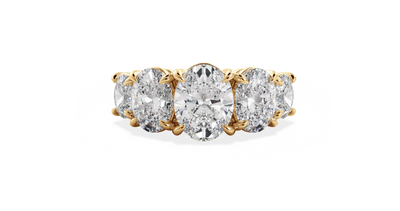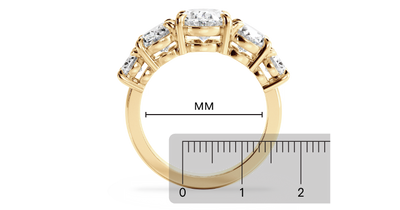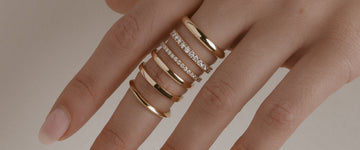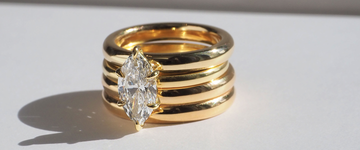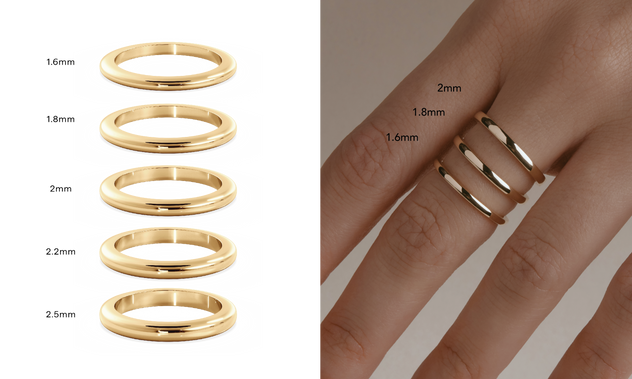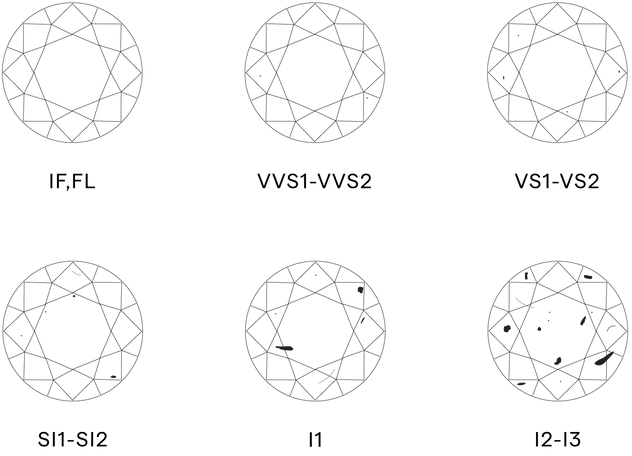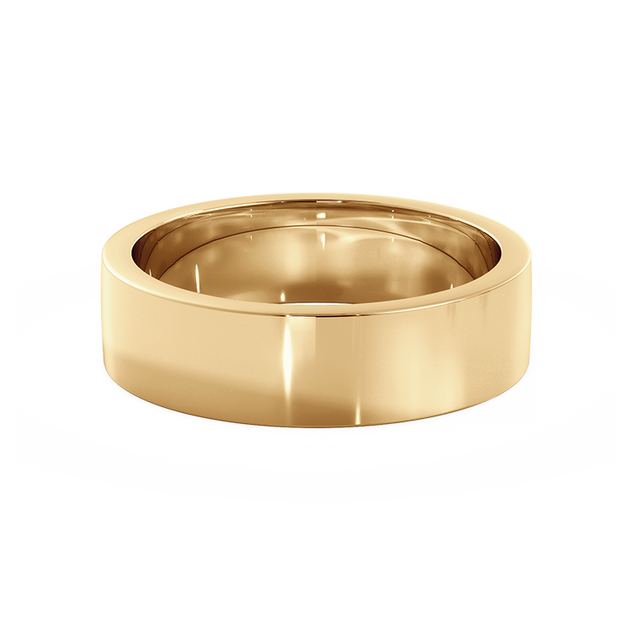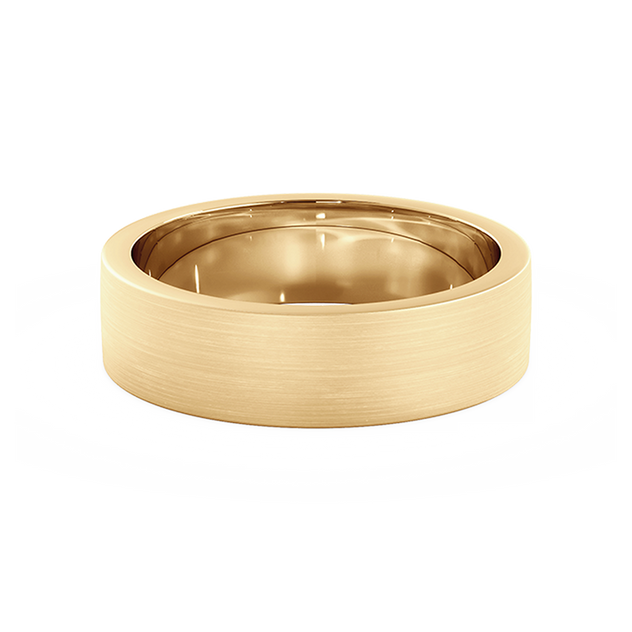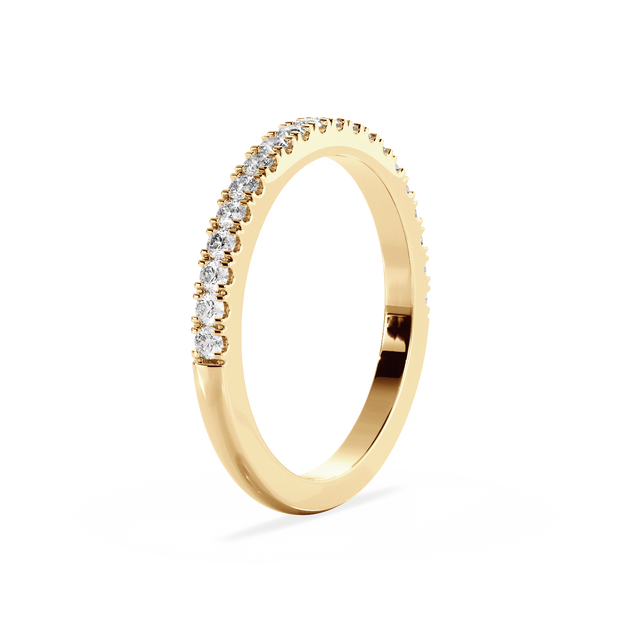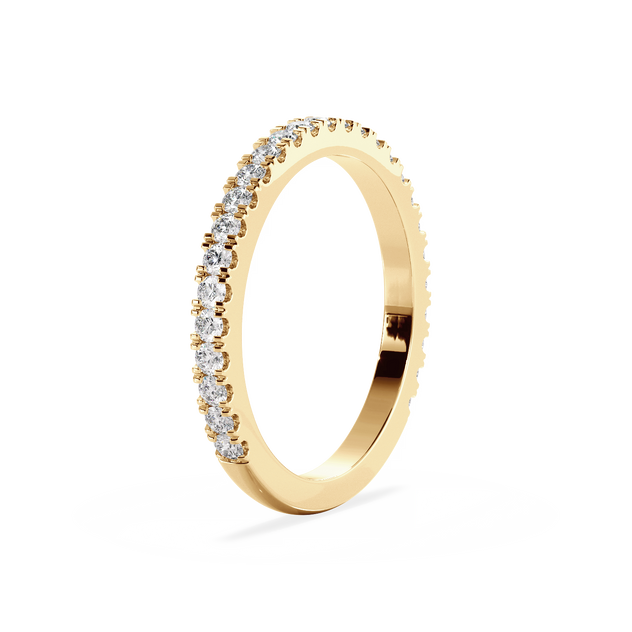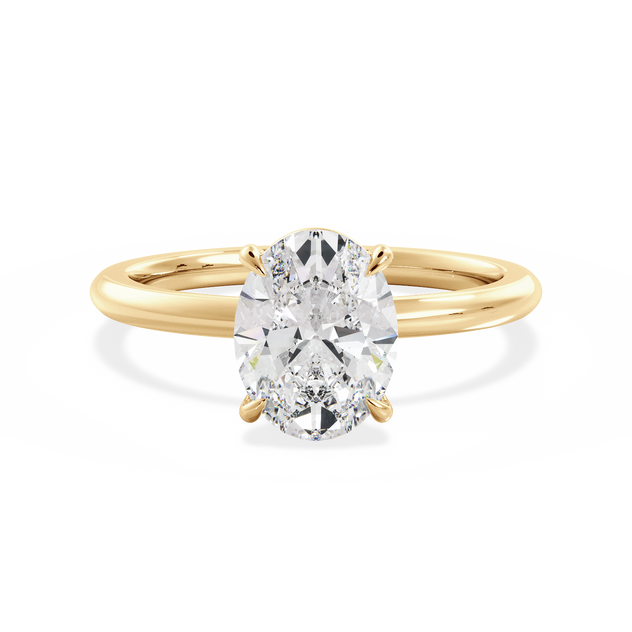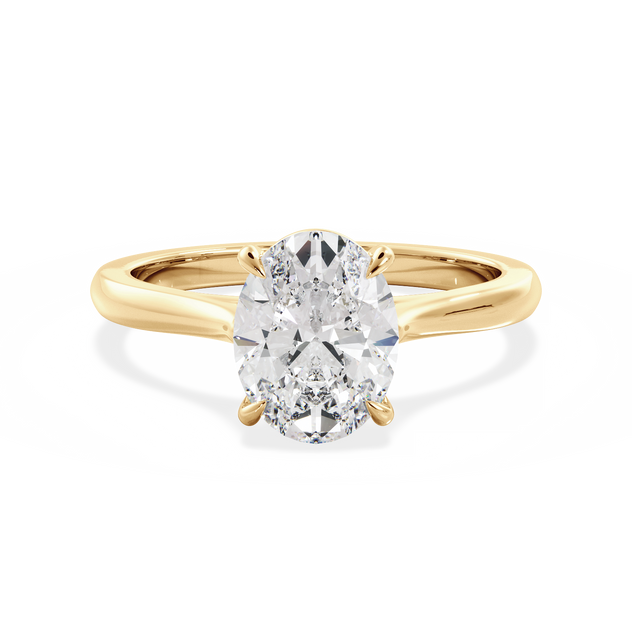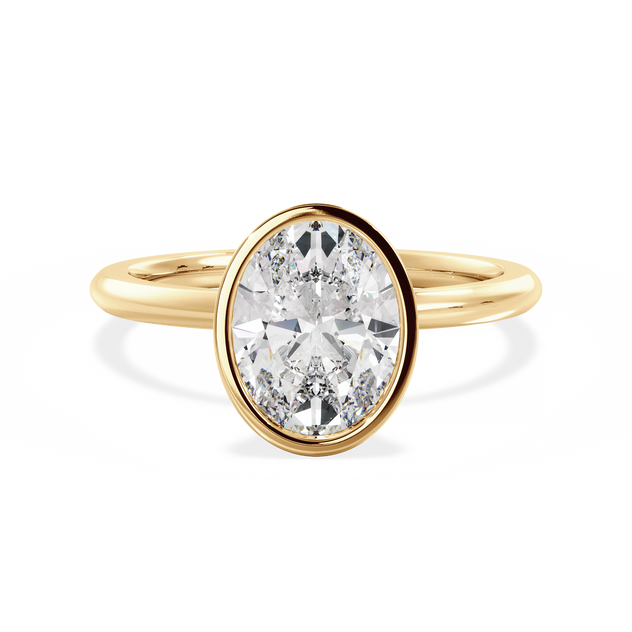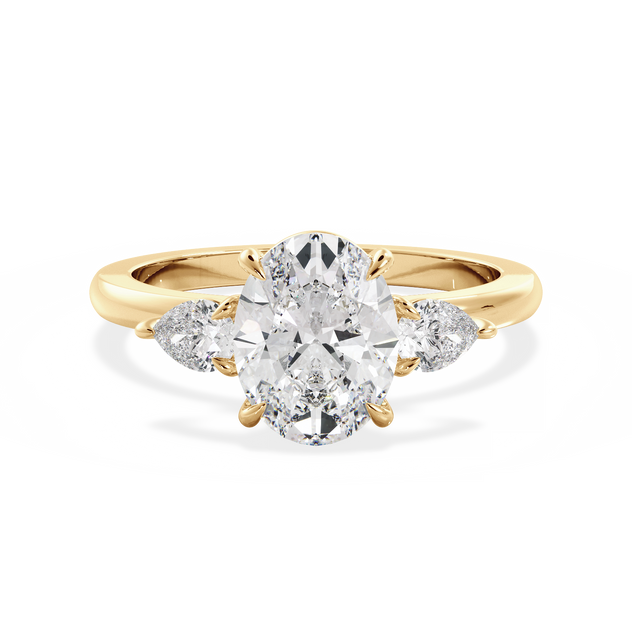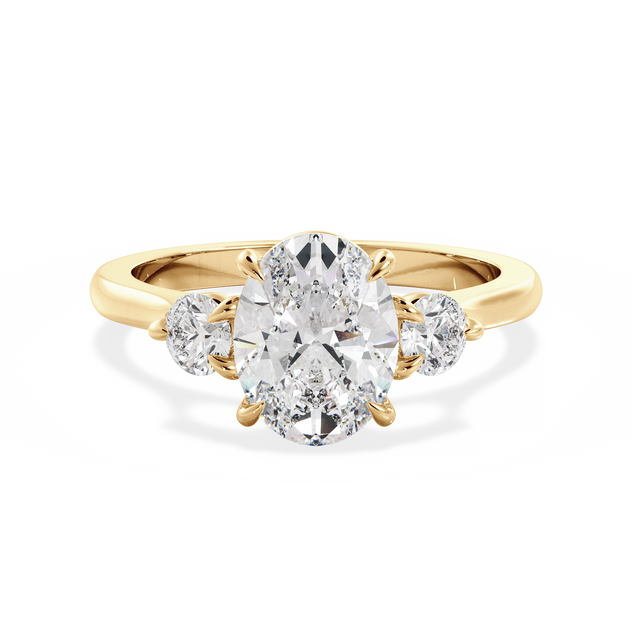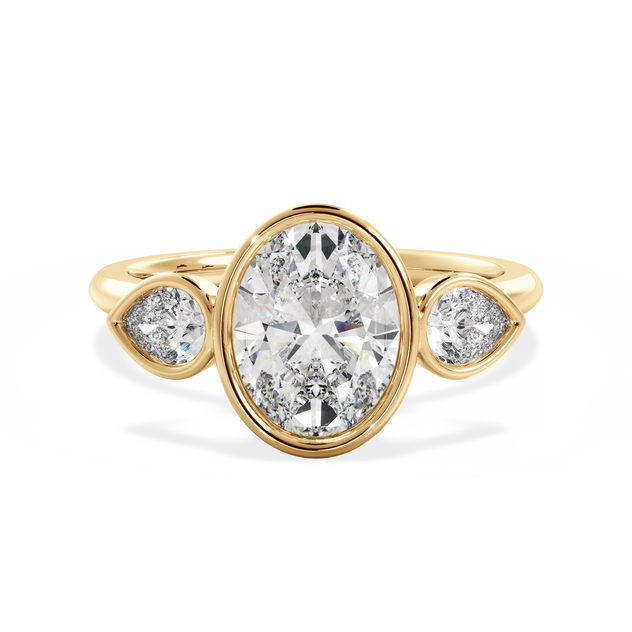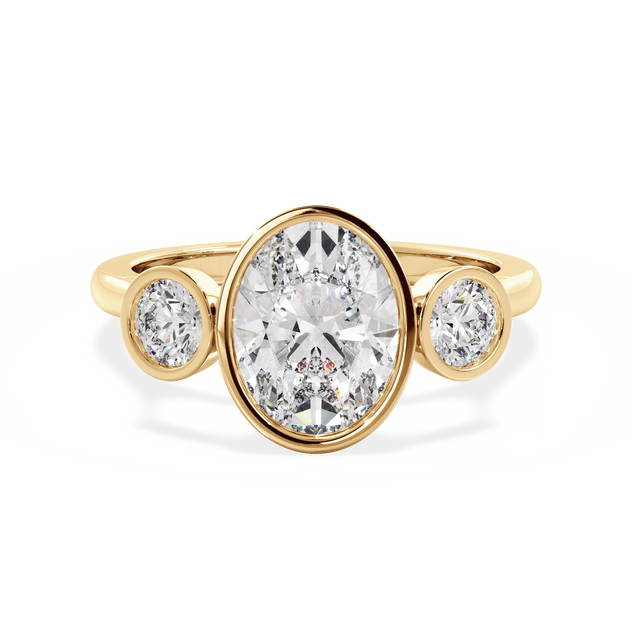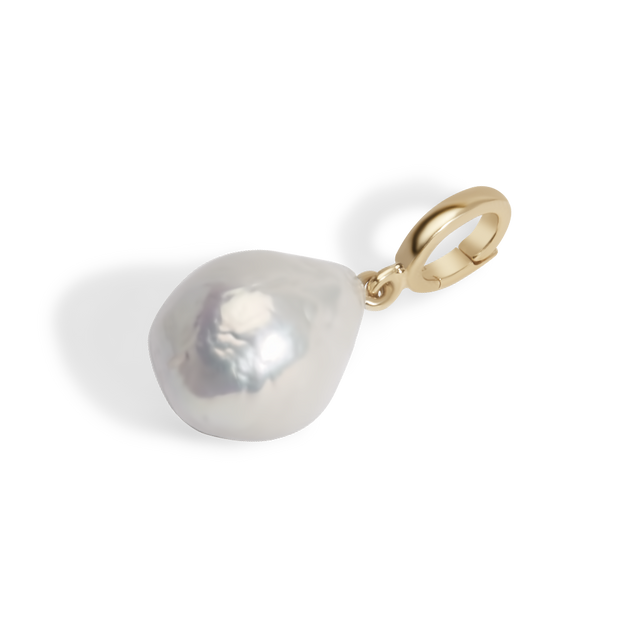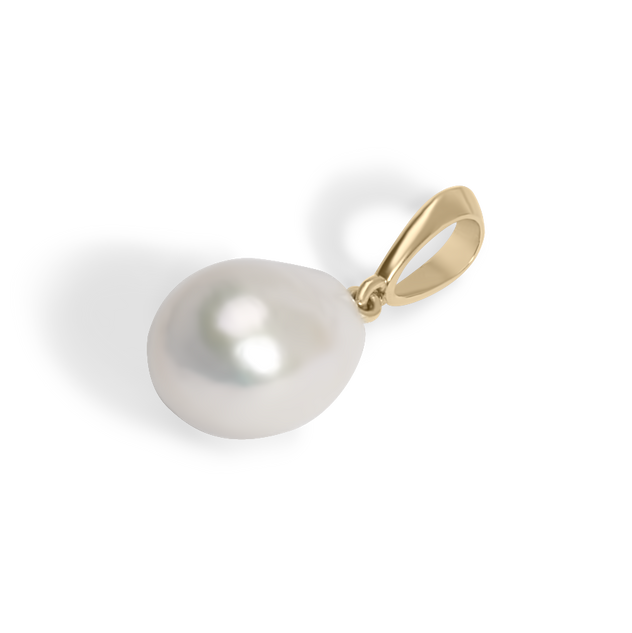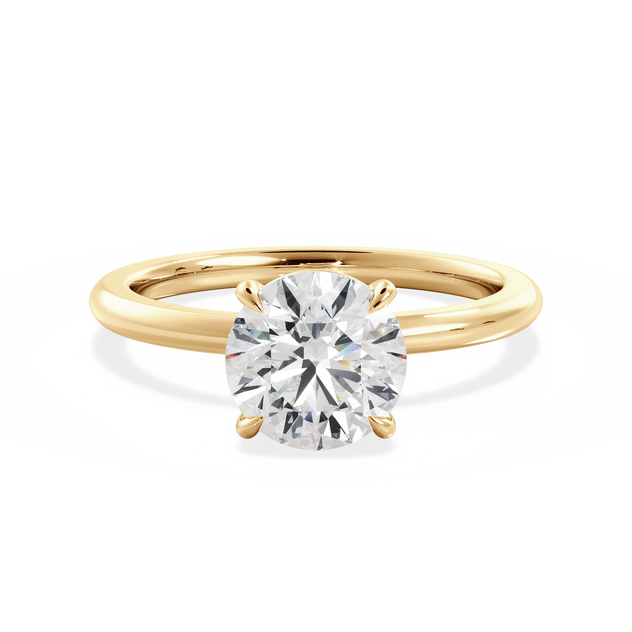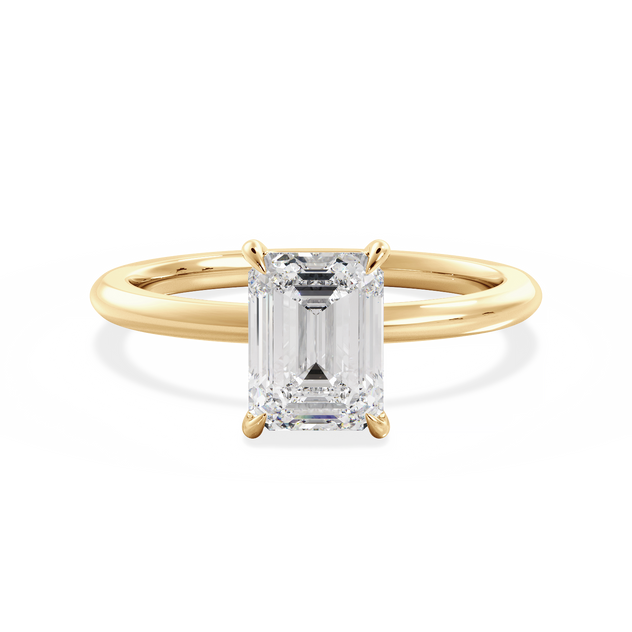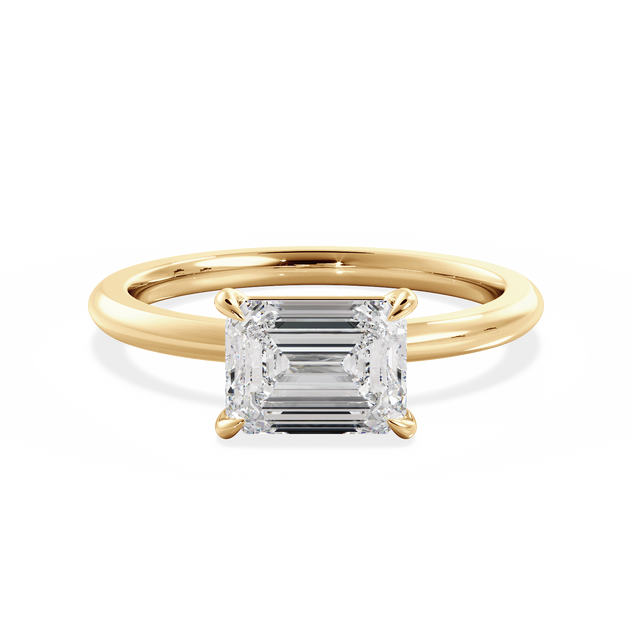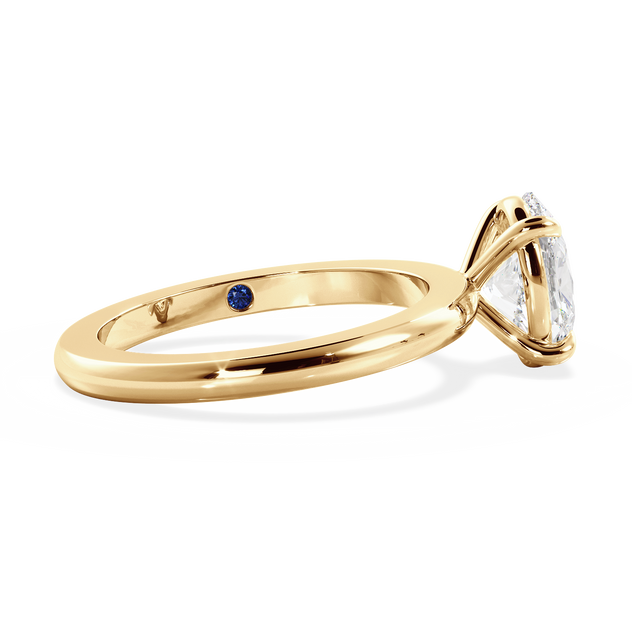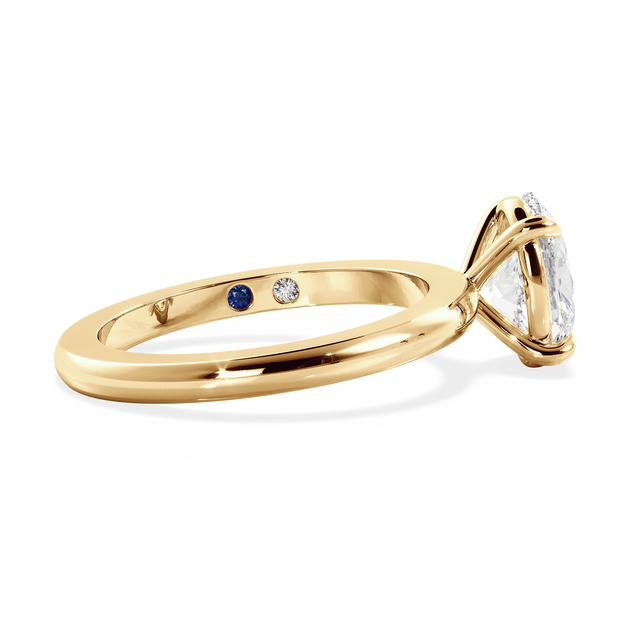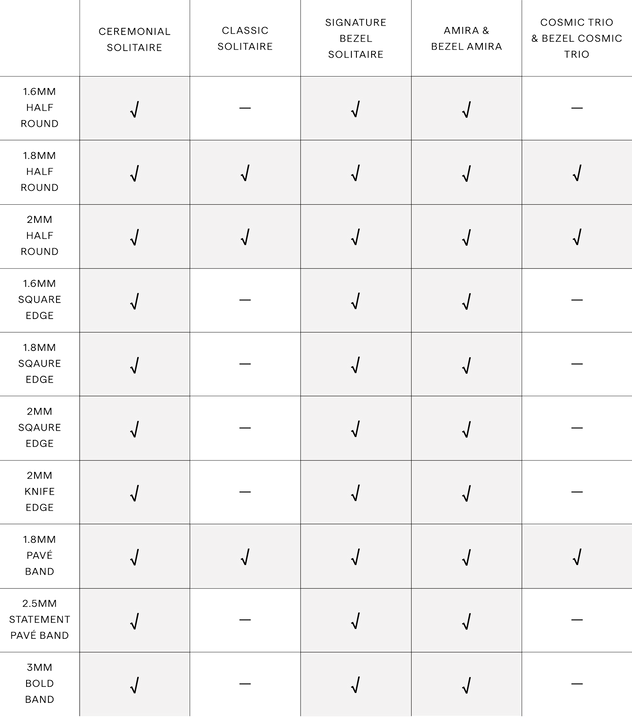Use an existing ring that fits on the ring finger
Marquise cut diamonds are renowned for their timeless elegance and sophistication. With their elongated boat-shaped silhouette and brilliant faceting, marquise cut diamonds offer a unique combination of classic beauty and modern allure. Read more to discover the origins, history, and defining characteristics of marquise cut diamonds, as well as the essential factors to consider when selecting this exquisite diamond shape.
The marquise diamond, also known as the navette cut, has a fascinating history that traces back to the 18th century. Legend has it that King Louis XV of France was deeply enamoured by his mistress, Jean Antoinette Poisson, the Marquise de Pompadour. Inspired by the captivating shape of her lips, he commissioned a diamond cut that mirrored their alluring form. Thus, the marquise cut was born, capturing the essence of grace and allure in a diamond shape.
Marquise diamonds possess several defining characteristics that contribute to their unique allure. Their elongated shape with pointed ends resembles a gracefully tapered boat, imparting a sense of elegance and sophistication. This elongation also creates an optical illusion of greater size, making marquise cut diamonds visually impactful.
One of the standout features of marquise diamonds is their brilliant faceting. The strategically positioned facets and elongated shape maximise the diamond's ability to reflect and refract light, resulting in remarkable sparkle and fire. The play of light within the stone creates a mesmerising display of brilliance and scintillation.

Above: A 2ct Marquise Classic Solitaire (left) and a 1.52ct Marquise Classic Solitaire set east-west (right).
Clarity
Clarity is another crucial factor, referring to the natural imperfections and blemishes present within a diamond. Given the elongated shape and large surface area of marquise cut diamonds, it is advisable to choose a diamond with a clarity grade of SI1 or higher to ensure that any inclusions or blemishes are not visible to the naked eye.
In saying this we have regularly worked with beautiful SI2 marquise diamonds as long as they pass our strict quality guidelines. The brilliant faceting style of marquise shapes makes them more effective at hiding imperfections than some other shapes, especially if the inclusions are at the tapering ends of the stone.
At LOUISE JEAN we tend to source diamonds within the range of VVS1 - SI1. As long as your diamond is eye clean, the clarity grading will have no effect on the visual beauty of a diamond, and different clarity gradings cannot be told apart.
Colour
The colour grade of a marquise cut diamond is essential for achieving the desired aesthetic. To achieve a bright and colourless appearance, we source marquise shapes between a D and G colour grading as a minimum. Diamonds graded D-F are considered colourless, and G is near-colourless. To the untrained eye, there is generally very little visual difference between a D and a G, but there can be a significant price difference. With this in consideration, personal preference and the desired look should guide your decision.
Marquise diamonds offer a range of colour options besides white, including the enchanting allure of yellow diamonds and champagne diamonds. The elongated shape and brilliant faceting of marquise cut diamonds can enhance the natural colour of the stone. If you desire a unique and vibrant look, opting for a yellow diamond or a champagne diamond in a marquise cut can add a touch of warmth and individuality to your jewellery piece.
Carat
When it comes to carat weight, marquise cut diamonds have a distinct advantage. Due to their elongated shape and large surface area, marquise cut diamonds tend to appear larger for their carat weight compared to other diamond shapes.
This makes them an excellent choice for those who desire a visually impactful diamond within a particular budget. If you are seeking a diamond that gives the illusion of a larger stone, the marquise cut is an ideal choice.
There are no rules when it comes to the best diamond size, and there is no such thing as the ‘most-popular’. Diamond size is truly a personal preference, and may depend on many factors. This can include the proportions of your own hand, so we recommend trying different diamond sizes to get a feel for what appeals to you.
Remember, carat is only a measurement of the weight of a diamond - if you are most concerned about the appearance of size, it’s important to pay attention to the dimensions of each stone.

Above: A loose marquise diamond (left) and a 2ct Champagne Marquise Classic Solitaire (right).
Cut
The cut of a marquise diamond plays a crucial role in its overall beauty and brilliance. Unlike round diamonds, there is no universal grading system for the cut quality of marquise shaped diamonds. Despite this, the quality of the diamond cut remains of utmost importance in determining the diamond's visual appeal. This assesses how the diamond cutter has taken a diamond rough, and shaped all of the angles and facets of the diamond to create the beautiful stones that we see today.
A well-cut marquise diamond exhibits excellent symmetry, balanced proportions, and a consistent pattern of brilliant facets. The points at each end should align precisely with one another, and the curves along the sides should be smooth and symmetrical. Additionally, the overall shape should be visually pleasing, with no irregularities or asymmetry.
It is also important to be aware of the bowtie effect in marquise diamonds. While the bowtie effect is a natural occurrence in marquise diamonds due to their elongated shape and arrangement of facets, its intensity can vary from diamond to diamond. A well-cut marquise diamond will exhibit a balanced distribution of light and minimise the appearance of the bowtie effect. Visually inspect the diamond from different angles to assess how the facets reflect and refract light, ensuring that the bowtie effect does not overshadow the diamond's overall radiance.
While certificates provide valuable information about a diamond's characteristics, it is essential to visually assess the beauty of each marquise diamond beyond what is indicated on the certificate. Only by visually observing the stone can one fully appreciate its play of light, sparkle, and scintillation.
Ratio
When it comes to selecting the perfect marquise cut diamond, there are several factors to consider.
Diamond carat does not directly correlate with size, and therefore each diamond will be unique in terms of its dimensions and proportions. These proportions are another factor that determine the visual size and are referred to as the diamond’s ratio. The ratio is calculated by dividing the length of the diamond by the width. A lower ratio equates to a wider, plumper marquise, and a higher ratio reveals a narrower, elongated shape.
While a ratio between 1.75 and 2.25 is considered ideal, personal preference plays a significant role. Whether you prefer a more elongated or wider shape, selecting a ratio that appeals to you will ensure a marquise cut diamond that complements your style.

Above: Marquise Diamond Ratios
Choosing the perfect Marquise Diamond
When considering a marquise diamond, take the time to examine it closely, paying attention to its cut quality, symmetry, and overall radiance. Trust your instincts and choose a marquise diamond that possesses an exquisite allure and resonates with your unique sense of beauty. By considering factors such as length-to-width ratio, clarity, colour, and the presence of a bowtie effect, you can select the perfect marquise cut diamond that reflects your style and showcases its exquisite brilliance.
Build your own Marquise Diamond Ring using our Bespoke Ring Builder.
